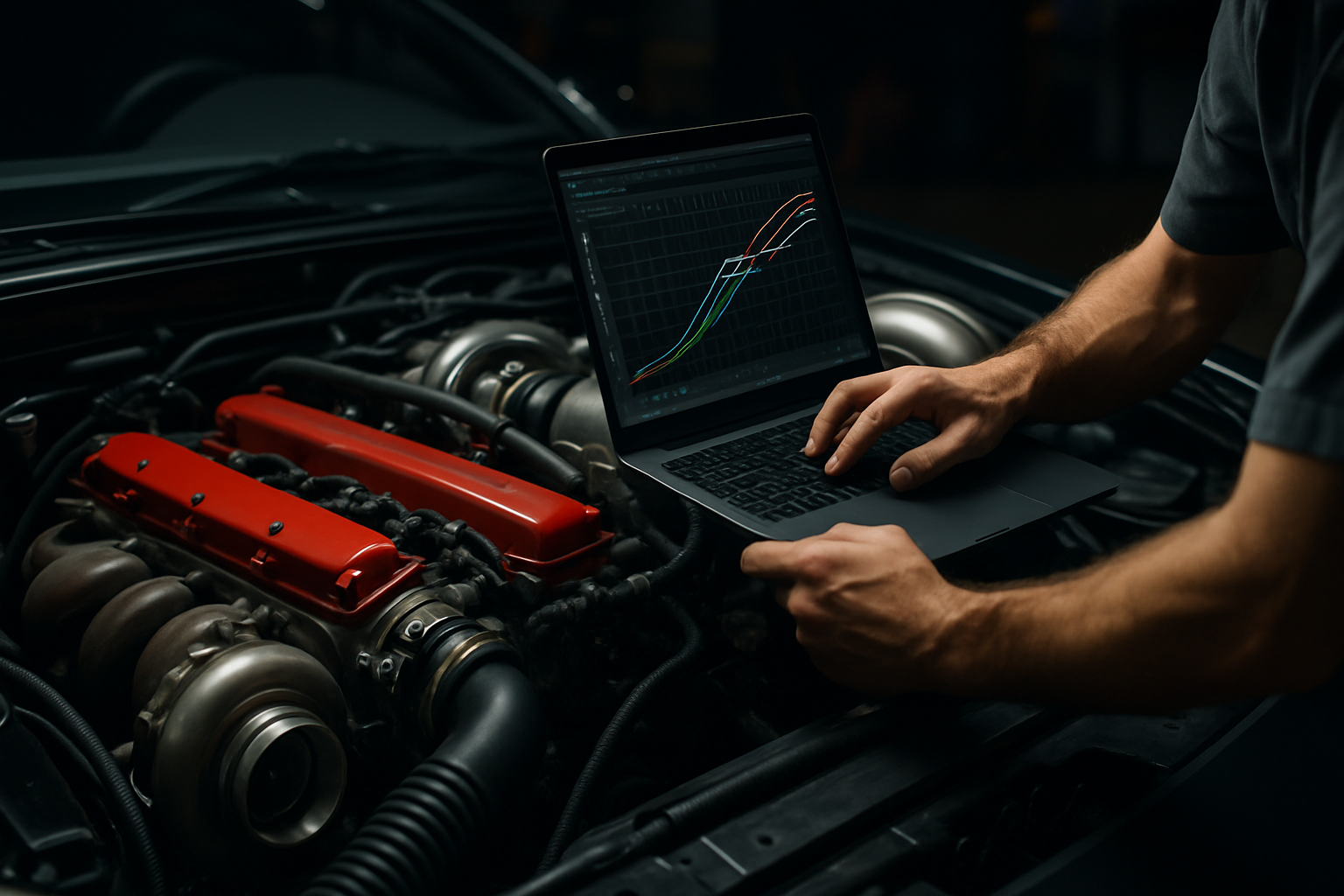Financing options and ownership costs explained
Choosing a vehicle involves more than the sticker price. Owners must weigh financing choices, insurance, fuel or charging costs, routine maintenance, unexpected repairs and long-term resale value. This article breaks down common financing options and the recurring ownership expenses that shape total cost of ownership across different vehicle types and use cases.

Owning a vehicle combines an upfront financing decision with ongoing expenses that affect monthly budgets and long-term value. Beyond loan terms or lease contracts, recurring elements such as fuel or charging, routine maintenance, diagnostics and occasional repairs add up. Commuting patterns, vehicle efficiency, and local emissions or insurance requirements all influence which financing and ownership choices make the most sense.
What financing options are available?
Auto financing typically includes loans, leases and manufacturer financing programs. Loans let you own the vehicle after payments, with costs driven by the APR, loan term and down payment. Leasing can lower monthly costs but often includes mileage limits and lease-end fees. Manufacturer incentives or captive finance arms sometimes offer promotional rates for new vehicles. When evaluating options, factor in total interest paid, residual value assumptions, and how commuting frequency and expected resale will interact with loan versus lease choices.
How does insurance affect ownership costs?
Insurance premiums vary by vehicle type, driver profile, location and selected coverage. Vehicles with higher safety ratings or advanced safety features can qualify for lower rates, while performance or luxury vehicles often incur higher premiums. Telematics-based policies that track driving behavior can reduce costs for low-risk drivers. For commuting-heavy owners, higher annual mileage typically increases premiums. Comparing coverage options and bundling policies remain effective ways to manage insurance costs.
What ongoing maintenance and repairs should owners expect?
Routine maintenance—oil changes, brake pads, filters, tires—forms a predictable baseline cost that differs by vehicle age and powertrain. Electric vehicles (EVs) often have lower routine maintenance needs (no oil changes) but can require more specialized diagnostics and occasional battery-related services. Independent shops often cost less than dealerships for repairs, but warranties and certified diagnostics may require dealer service. Budgeting for scheduled maintenance and an annual repairs contingency helps avoid surprises.
How do fuel, charging and efficiency influence costs?
Fuel costs depend on commuting distance, fuel prices and vehicle efficiency. For electric vehicles, charging costs vary by home electricity rates, public charger fees and charging speed. Efficiency—miles per gallon or kWh per mile—directly reduces per-mile cost. For many drivers, choosing a more efficient vehicle or adjusting commuting patterns (carpooling, remote work) yields larger savings than small differences in financing rates. Emissions standards and local incentives can also shift the effective cost trade-offs between conventional and electric drivetrains.
| Product/Service | Provider | Cost Estimation |
|---|---|---|
| New car loan (example) | Bank of America | APR 3–7% (varies by credit); monthly for $30,000 over 60 months: roughly $540–$550 (estimate) |
| Used car loan | Capital One | APR 5–12% typical; monthly for $20,000 over 60 months: roughly $375–$425 (estimate) |
| Lease (36 months) | Ally Financial | Monthly lease payments vary widely; typical midsize lease: $200–$450/month (depending on down payment, mileage) |
| Home EV charging (per kWh) | Local utility / Tesla Wall Connector | Cost per kWh: $0.10–$0.35; monthly charging cost depends on miles driven and vehicle efficiency |
| Insurance (annual) | GEICO / State Farm / Progressive | Average ranges by market: $800–$2,000/year (driver, vehicle, and location dependent) |
| Maintenance & repairs (annual) | Local dealer / independent shop | Typical annual routine + repairs: $300–$1,200 for conventional vehicles; EVs often lower routine costs but can incur higher component repairs |
Prices, rates, or cost estimates mentioned in this article are based on the latest available information but may change over time. Independent research is advised before making financial decisions.
Safety features, telematics and performance considerations can affect both upfront and ongoing costs. Vehicles with advanced driver-assistance systems may qualify for insurance discounts and can reduce accident-related repairs, but repairs to cameras or sensors can be expensive. Telematics installations or factory-connected systems yield actionable diagnostics that help schedule preventive maintenance and avoid larger repairs. Performance-oriented models often demand higher service costs and fuel consumption, which raises total cost of ownership for commuting-intensive drivers.
Resale value and emissions rules shape long-term ownership economics. Vehicles that retain value well—due to brand reputation, low mileage or favorable performance—reduce the net cost over ownership. Emissions regulations and market demand for electric models can increase resale value for efficient or low-emission vehicles in some regions, while older high-emission models may face depreciation or additional ownership costs where low-emission zones apply. Considering expected resale alongside expected repairs and maintenance gives a more complete picture of lifetime cost.
Conclusion Financing decisions and ownership costs are interconnected: loan terms, insurance, fuel or charging, maintenance, diagnostics and resale all shape total cost of ownership. Evaluating these elements relative to your commuting needs, driving profile and regional factors helps identify the most cost-effective vehicle and financing path. Keeping realistic estimates, planning for routine maintenance and comparing providers for loans and insurance will provide a clearer financial perspective over the life of a vehicle.





